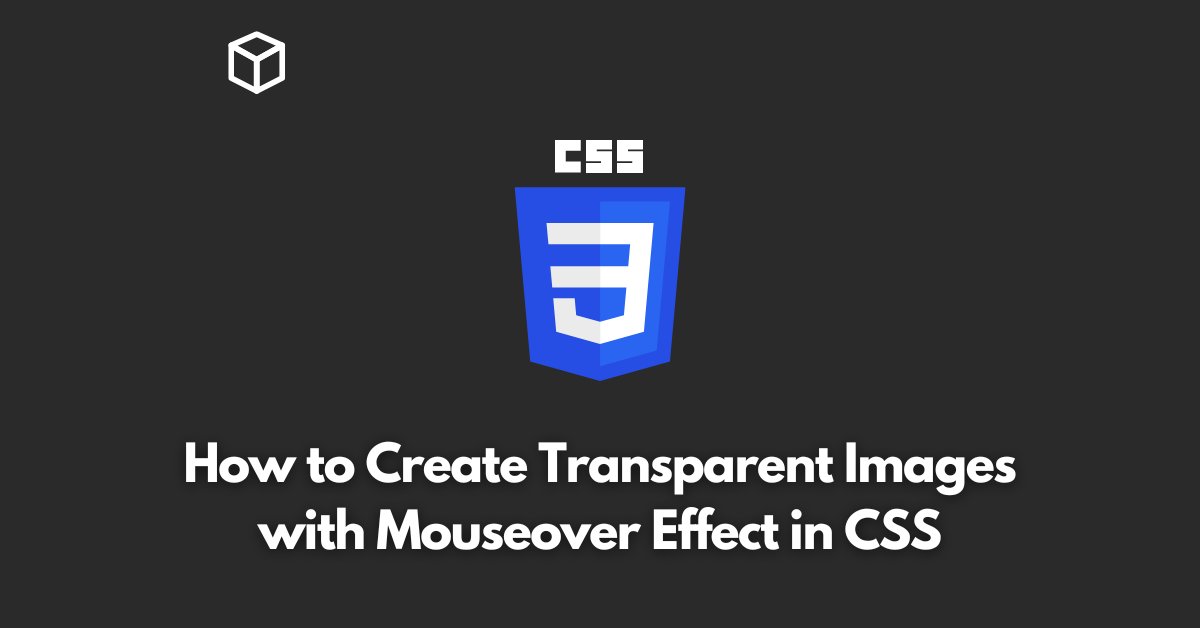Creating multiple columns in CSS can be a great way to organize content on your website.
It can make your pages look more visually appealing, and it can also make them easier to read.
In this CSS tutorial, we will go over the different methods you can use to create multiple columns in CSS, and we will provide examples of each method so you can see how they work in action.
Using the Columns Property
The columns property is a shorthand property that can be used to create multiple columns on a webpage.
The syntax for the columns property is as follows:
columns: column-count column-width;
The column-count property specifies the number of columns you want to create, and the column-width property specifies the width of each column.
For example, the following code will create two columns on a webpage, each with a width of 50%:
div {
columns: 2 50%;
}Using the Column-Count Property
The column-count property can also be used to create multiple columns on a webpage.
The syntax for the column-count property is as follows:
column-count: number;
The number specifies the number of columns you want to create.
For example, the following code will create three columns on a webpage:
div {
column-count: 3;
}Using the Column-Width Property
The column-width property can also be used to create multiple columns on a webpage.
The syntax for the column-width property is as follows:
column-width: length;
The length specifies the width of each column.
For example, the following code will create columns on a webpage, each with a width of 200px:
div {
column-width: 200px;
}Using CSS Grid
CSS Grid is a powerful layout system that can be used to create multiple columns on a webpage.
With CSS Grid, you can create a grid of rows and columns, and you can place elements into the grid cells.
For example, the following code will create a grid with two columns and two rows:
container {
display: grid;
grid-template-columns: repeat(2, 1fr);
grid-template-rows: repeat(2, 1fr);
}It’s important to note that these are just a few of the many methods you can use to create multiple columns in CSS.
You can also use other layout systems like Flexbox, which is another powerful layout system that can be used to create multiple columns.
In conclusion, Creating columns in CSS is a great way to organize your content and make your pages more visually appealing.
There are different methods to achieve it and each one has its own advantages, but the most important thing is to choose the method that works best for your specific project.
Remember to always test your code in different browsers to ensure that it works correctly.





